1. What is a Fuel Pump?
A fuel pump pushes fuel from the tank to either a carburetor or a fuel injector, depending on your car manufacturer. In other words, it is an essential component to keep your engine cranking. Without it, your car wouldn’t be running at all.
Just like every other vehicle component, a fuel pump fails at some point. One of the most common reasons why a fuel pump fails is because of contamination or overheating.
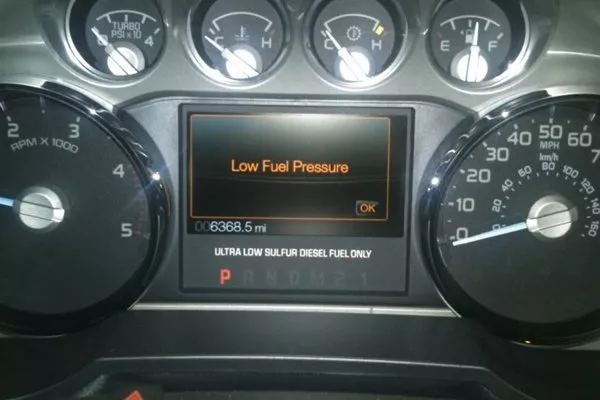
If your car tells you that it has low fuel pressure, your fuel pump might be contaminated
Despite having fuel filters, contamination is inevitable. Water is one of the common contaminators of your pump. It could contaminate your fuel filter whenever you wash your car and when the fuel cap is not thoroughly sealed. Condensation is also another factor to consider how water got in your fuel filter.
If you run your car low on fuel most of the time, you need to change that habit. This can cause your fuel filter to run harder causing it to overheat, hence more chances of failing. You should keep your fuel level at least a quarter full at all times.
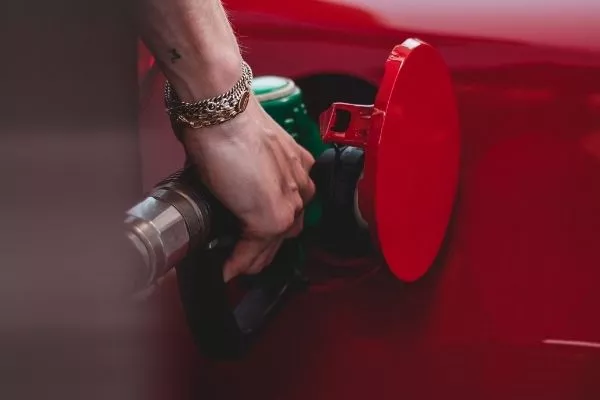
By filling up your car, contaminants might enter your fuel tank
Sooner or later, you would have to replace your fuel pump. Luckily for those who still have their regular preventive maintenance schedule (PMS), the replacement of the fuel pump is included.
2. Do I need to replace my Fuel Pump?
Before actually replacing your car’s fuel pump, you might want to run a few tests on your car just to be sure what’s stopping your car from starting. It’s tough to replace something that isn’t part of the problem. Just like what they say, “if it ain’t broke, don’t fix it.”
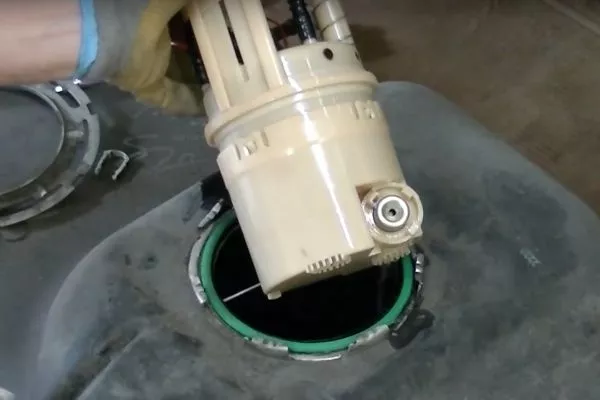
Consult your mechanic if unsure of your diagnosis (Photo: IFIXIT)
We have listed down simple three ways on how you can diagnose your fuel pump if it needs to be replaced. Of note, you wouldn’t need special tools to do this. Simple tools you have at home should do the trick.
Check the Fuse Box
This is the simplest way for you to check if your fuel pump is still getting power from your car battery. To get started, pop the hood of your car and find the fuse box or panel.
The next step is you want to grab your car’s owner manual and find the page about fuses. You will see a diagram of your car’s fuse panel and locate which fuse your fuel pump is using. Be sure to put the ignition to ‘Run’ to allow power flow.
After locating the correct fuel pump fuse, pull it out using a needle-nose plier or a long nose plier. Check if the connection broke. If not, then you can get the fuse diagnosis off your list.
While the fuse is taken out, you might want to check the voltage of the fuse holder of your fuel pump by using a multimeter or multitester.
The fuse holder should read around 12-volts to ensure that your fuse box is getting power from your car battery. The last step is to place the fuse back to its place and make sure it is secured in its place.
>>> Related: Fuel pressure regulator: Pros & Cons plus installation guide
Check Fuel Pump power
Another way you can do to ensure that your fuel pump is getting enough power from your car battery is by testing its power supply line. It is located near the fuel tank at the back of your car.
Disconnect the wires by pressing down on its lock then pull them apart. Again, be sure to switch the ignition to ‘Run’ to allow the power from the car battery to flow. At this point, you will be using your multimeter again to run a voltage test.
Ground the black lead to any bare piece of metal and use your red lead to check the prongs of the connector to see if it has voltage. Each and single-prong should read a certain amount of voltage.
In doing this, you can ensure that power is flowing to your fuel pump so the connection is not the problem. It could be that your fuel pump needs replacing.
>>> Related: 5 signs of a bad fuel pump relay: How to clean & Replacement cost
Check Fuel Pump pressure
Enough of power testing, you may now try checking if your fuel pump is pushing pressure to your engine. To get started, you need to pull out your fuel pressure tester gauge and locate the valve cap on your car’s fuel rail.
Connect the fuel pressure tester gauge to the valve. It should read at least 30 psi to ensure that your fuel pump is working properly. You can start the engine or just leave the ignition in ‘Run’ position to check the pressure.
If there are no changes in pressure even just a bit, then you do need to change your fuel pump. However, if it had a small increase, it could be that your fuel pump is just contaminated and filters need replacement.
>>> Related: Damages and What To Do When You Pumped The Wrong Fuel
3. Fuel pump price in the Philippines
If you are looking to buy a new fuel pump, we recommend that you get a factory OEM fuel pump and not from the aftermarket. This is to ensure that your new fuel pump will last longer and save money in the long run.
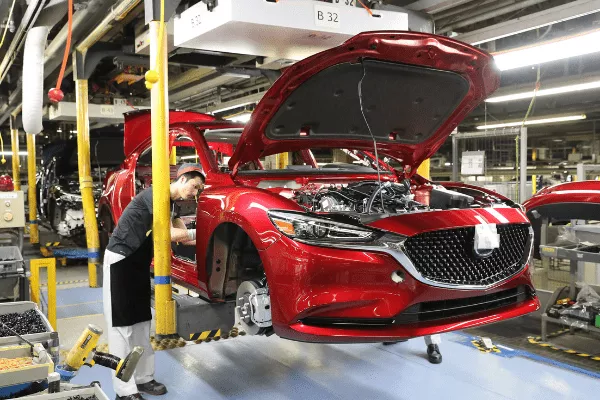
The fuel pump recall in 2020 caused millions of cars to be affected
Also, we recommend that you change your fuel filter as well to make sure that your newly-installed fuel pump will run more efficiently and effectively.
The original fule pump prices Philippines are around Php 9,000 to Php 11,000 while buying an aftermarket fuel pump would cost you around Php 2,000 to Php 4,000.
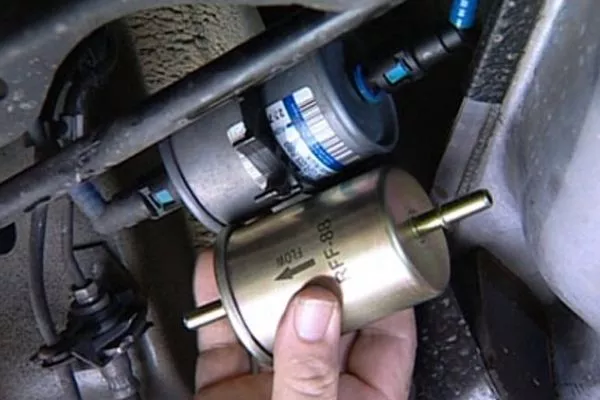
As much as possible, replace your fuel filter as well for better efficiency (Photo: German Formula)
Of course, you still have to pay for labor. Replacing the fuel pump requires the removal of various components such as your gas tank so the labor fee could be higher than usual. On average, you would have to pay more or less Php 1,000 for labor costs.
4. FAQs about fuel pumps
Q: What is a fuel pump?
A fuel pump is a vehicle component that provides fuel to your engine using pressure. Without it, your car won’t be running.
Q: How long do I need to replace my fuel pump?
Fuel pumps tend to last for a very long time as compared to other components. On average, a fuel pump will last for 140,000 kilometers.
Q: How to check if my fuel pump is not working?
Check the voltage through the fuse box and power line near the fuel tank. If it reads a certain amount of voltage, it means that your fuel pump is not working. Also, you can check its pressure on the valve near the fuel rail. If it reads zero, then you need to replace your fuel pump.
Q: Are fuel pumps expensive?
They are relatively expensive compared to other components of your car. However, they last long so you will rarely replace them.
Q; Why do fuel pumps fail?
Two of the most common reasons why a fuel pump fails are because of overheating and contamination.
Here at Philkotse.com, we value your interest in the automotive industry. Visit our website to find out more.
Recent posts
- gas topping good or bad Jul 19, 2022
- 5 common signs show your fuel injector is failing Aug 09, 2022
- What to do when you filled up your car with the wrong fuel! Jan 21, 2020
- 7 reasons why fuel systems don’t need additive or adjustments Jul 22, 2019
- 9 steps to replace fuel filter on car Mar 16, 2021











